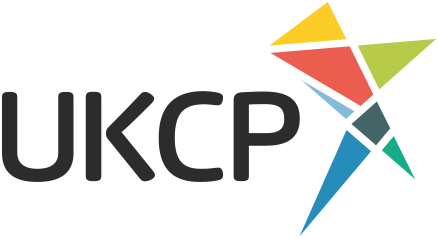There are many myths and misconceptions about what art therapy actually is and here I set out to explain what it is and how it can help you.
What kind of things does it help with?
Art therapy can help provide relief from a range of issues including addiction, relationship problems (to oneself and others) life changes, grief/ bereavement, anxiety, depression, trauma and a range of other factors which may be impacting on your feeling of well-being. It can also help people with learning disabilities and ASD to express themselves in a neurotypically dominated world.
Attachment research points to our earliest, pre-verbal experiences as the source of many relational difficulties and mental health issues which develop later in life. Art offers us a gentle and indirect way of exploring these early experiences in a safe, confidential and contained setting, with an art therapist who is trained to help you digest and make sense of your experience.
Why not just talk about what’s affecting me?
Talking can work well and certainly some of each session may be spent just doing that, depending on your needs. However, art therapy enables you to access parts of yourself you may not otherwise have been conscious of. It also provides a means of accessing the ‘felt sense’ of your experience and emotions, rather than searching for words to describe them: when you consider how unique all of our experiences are, that’s pretty important. It is also sometimes rather difficult for many of us to describe with words how we feel at the best of times so working with non-verbal media can therefore help us to gently express ourselves in less direct or intimidating ways. Once we have expressed ourselves through non-verbal means, we can then work with the therapist to help us to think about our emotions, sensations or images and then use words to make meaning of our experience.
Do I need to be able to draw or paint?
Absolutely not: technical skills in the arts are not at all important. It is very much about experiencing the process rather than the finished product. People who have attended art therapy often find that they have been brought up and schooled to think in the opposite way. Not having to worry about what something looks like and just being able to play with the art materials without being judged in this way can feel pretty liberating. This said, drawing & painting may not be for you and there are plenty of other creative forms of expression available during the session. Some arts psychotherapists with an integrative training may also work with bodywork/ movement, clay, poetry, storytelling and music. This way of working then frees you up to find medium(s) that you feel most comfortable with using.
But I’m not really a creative person!
Many of us when we get to the point we are adults and come in to therapy have lost our connection with our natural ability to play and hence the creative parts of ourselves. The innate creativity of the child inside us gets lost along the way; in many cases, from well intentioned, yet misguided adults who have given us the wrong kind of criticism. As Picasso famously put it: ‘Every child is an artist. The problem is how to remain an artist once s/he grows up.’
Using the arts in therapy helps us to rediscover our child again, where the world of the imagination continues to live inside us and there is endless possibility. By slowly reconnecting with the imaginative world of their child selves, clients sometimes find that this then becomes mirrored in their adult lives too: new options start to make themselves available and offer fresh perspectives on life. This can be remarkable to witness.
Why work with a therapist? Why not just make art on my own?
This is a very valid question as art is very much a therapeutic tool in itself and for some people making art is already enough. Art making alone can really help to regulate anxiety and ease the stresses of daily life. Yet there is also something important about not only the making of art, but also speaking to someone who is trained to help you make sense of it in relation to your unique life experience.
‘Art therapist’ is a state protected title and art therapists are required to have in-depth and rigorous Masters’ level training including many years personal therapy. They also have regular supervision and are required to work in the NHS as part of their training. They must be registered with the HCPC (Health care and professions council) to use the title and whose primary remit is to protect the public.
To find out more about arts therapies check out the links below:
The British Association of Art Therapists
http://www.baat.org/
The Institute for Art and Therapy in Education
https://artspsychotherapy.org/
Capacchione, Lucia. Recovery Of Your Inner Child. 1st ed. Toronto: Simon & Schuster, 1991. Print.

